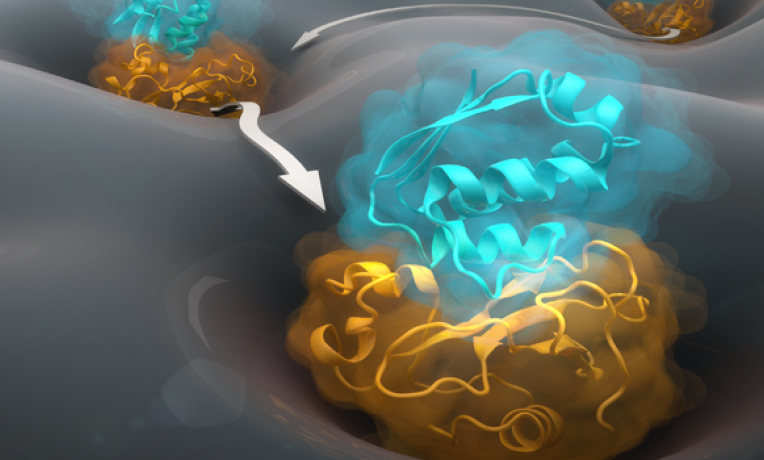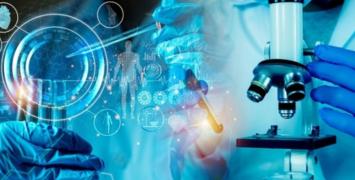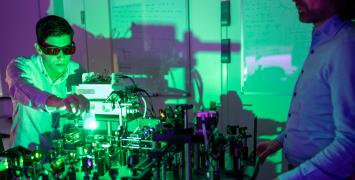Secrets of protein interactions unveiled
How do proteins trigger complex signal processing tasks, such as neurotransmission, in cells? Thanks to the development of innovative molecular simulation techniques, this ERC-funded project has brought new insights into the transmission of messages inside and between cells.

Cells are able to receive, process and send many signals, to other cells, simultaneously. This occurs thanks to proteins, called receptors, that bind signalling molecules and initiate a response. Practically, all life processes stem from the action of these proteins that move inside and around cells, associating and dissociating themselves to transmit information. Neurotransmitters, for example, are a class of signalling proteins that travel across the tiny spaces between adjacent neurons or between neurons and muscle cells.
But how do proteins find and bind their targets in extremely crowded cellular membranes? Prof. Frank Noé assembled a team of chemists, biologists, physicists, mathematicians and software engineers working together to answer this challenging question. The investigation carried out at the interface of various disciplines and combining different techniques – including molecular dynamics simulations and Markov modelling – has led to a ground-breaking outcome.
The researchers were able to visualize for the first time protein association and dissociation in atomistic resolution. This process cannot be directly observed by experiments, and a computer simulation without the team's novel simulation techniques would take thousands of years to complete. In the future, this breakthrough may open the path to the understanding of many biological processes with a tremendous impact on pharmaceutics, biotechnology and material sciences. Their observations, in collaboration with another research group led by Prof. Gianni De Fabritiis at Pompeu Fabra University in Barcelona (Spain), were reported in June 2017.
These results may revolutionize the field of computational biology. Prof. Noé declared: "This is the kind of high-risk project for which it is very difficult to get funding because at the beginning nobody believes it is possible".






